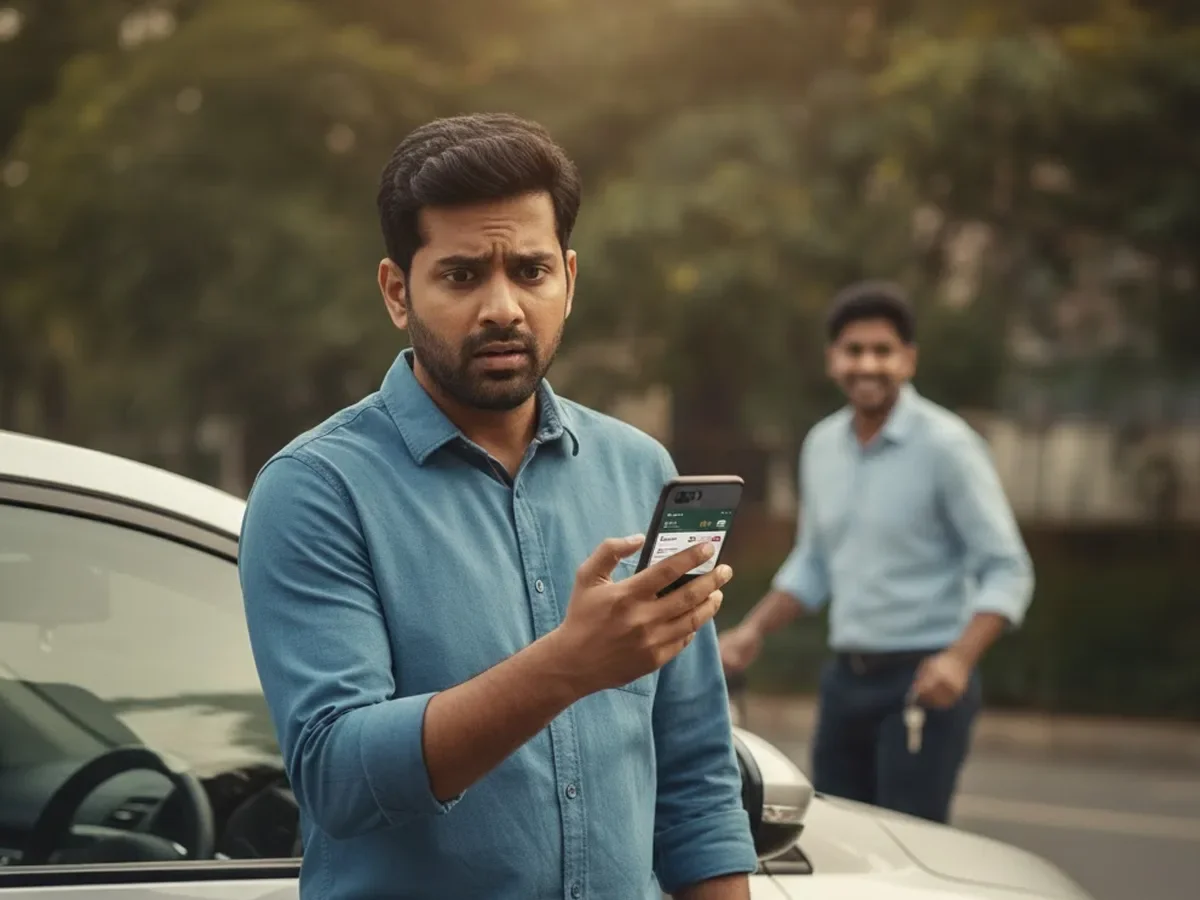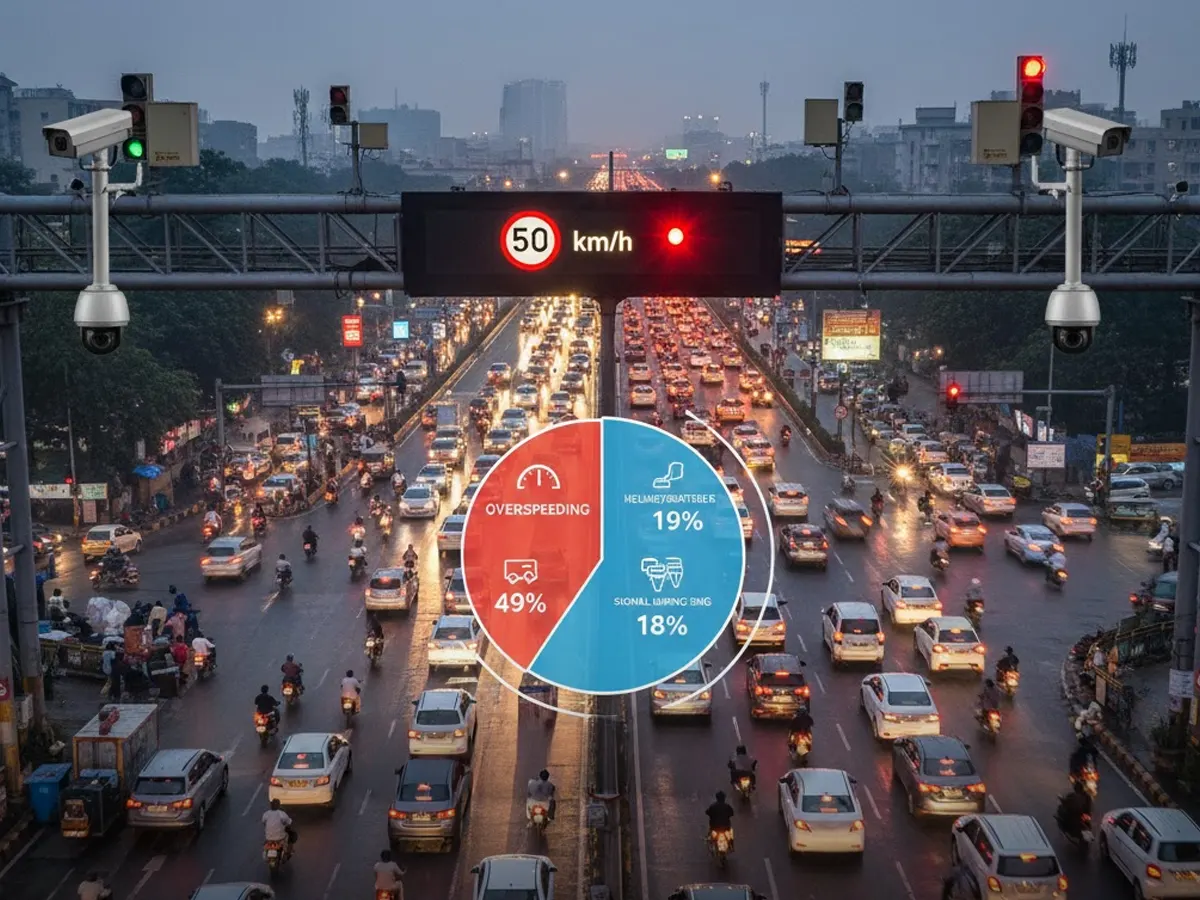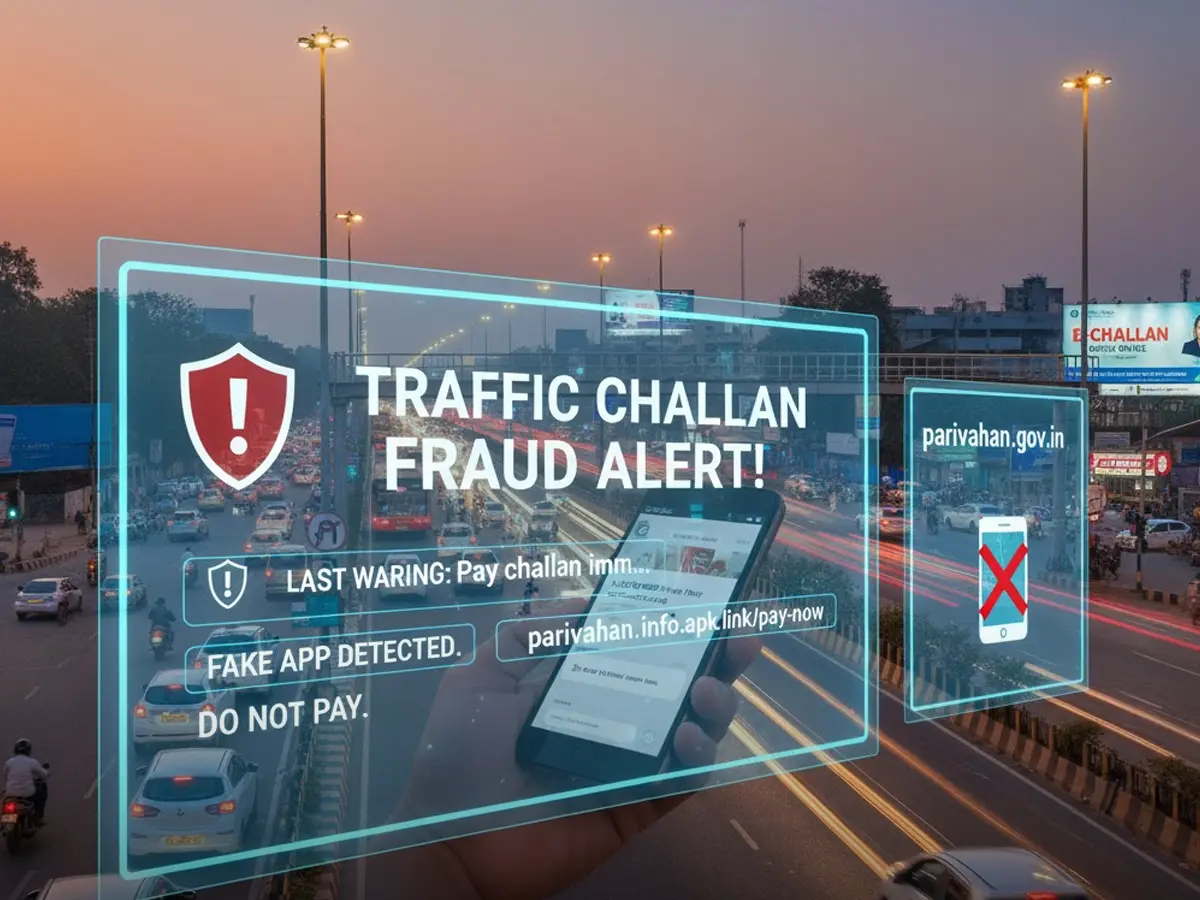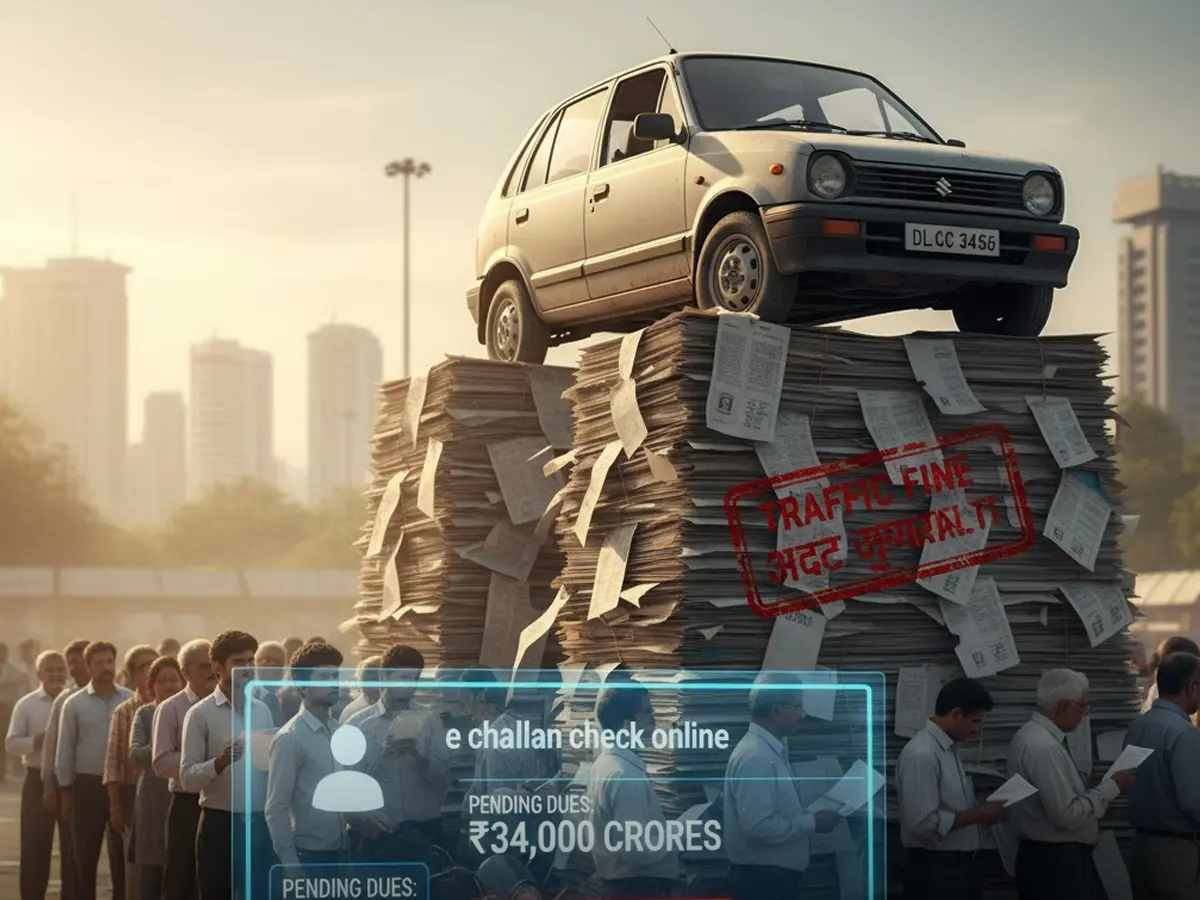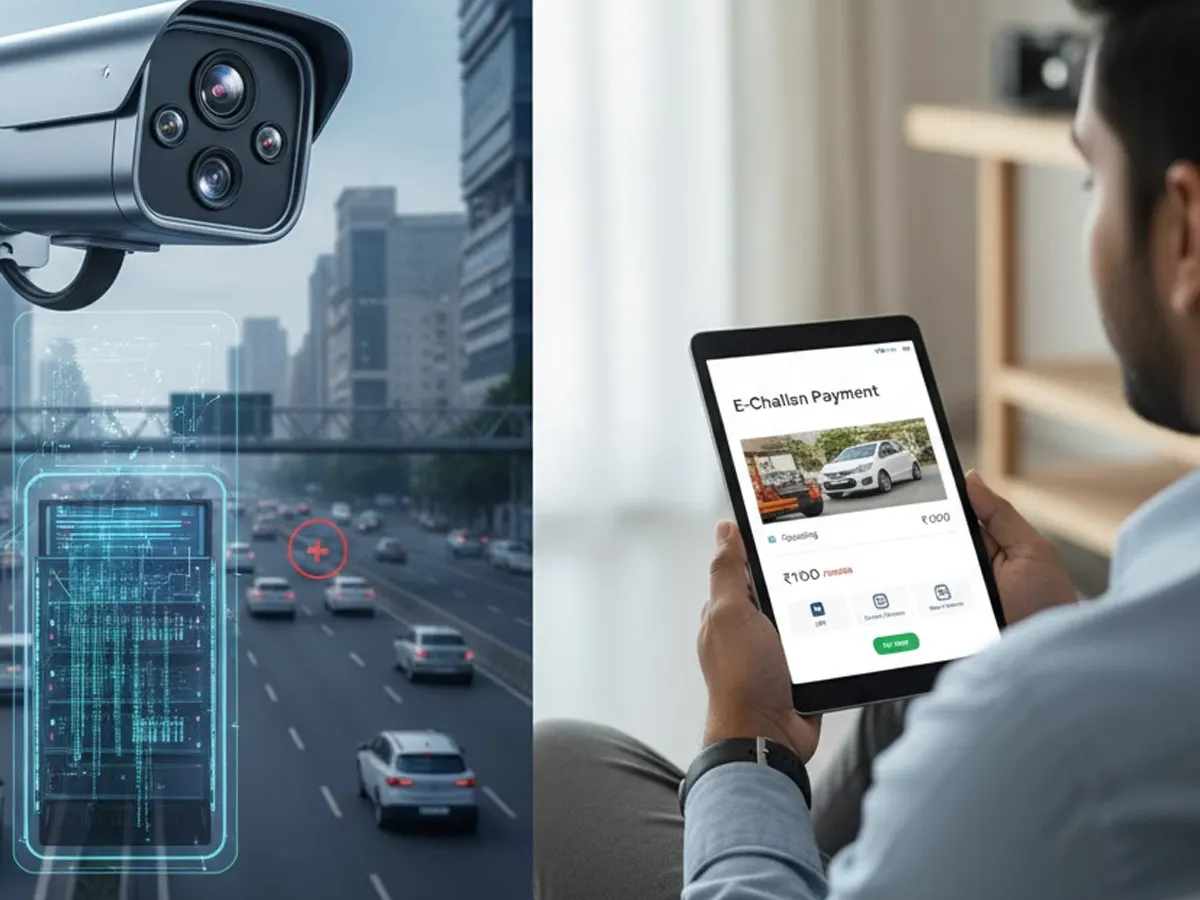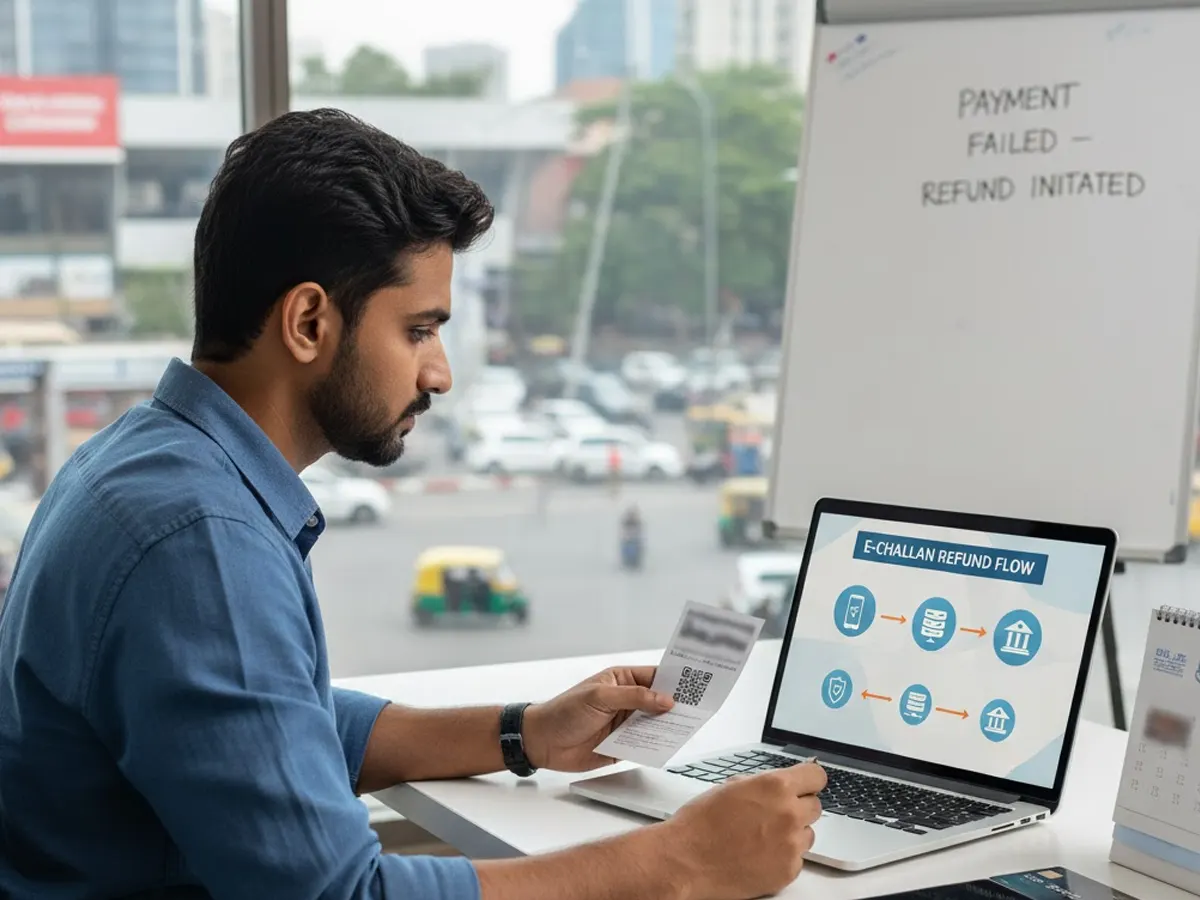

Payment Failures & Bank Gateway Errors in e-Challan Systems: What Happens Behind the Scenes?
- 1Over 90% of failed e-challan payments are auto-refunded within days.
- 2Most payment glitches occur between bank servers and gateway callbacks.
- 3Your challan money never vanishes since every failed payment is traceable
If you have ever tried paying your challan online and the page became unresponsive mid-transaction, you’re not alone. With lakhs of digital payments happening daily, failed transactions are more common than most think. Yet, what really happens after you click ‘Pay’? Does your money just disappear into the void, or does it bounce back automatically?
When any part of that chain fails between the bank, payment gateway, or traffic server, the transaction is put on hold until it is verified or the money is refunded. The blog explores what happens after a transaction has failed, how the e-challan refund process operates and what you can do to fix this issue before it becomes a long-drawn headache.
How Does the E-Challan Payment Flow Work?
It is worthwhile to check what is working before knowing what fails. The e-challan refund process starts when there is a failed connection between any of the three systems: the payment gateway, the state traffic server and the bank.
Here’s the simplified flow:
- Initiation: You enter the challan details on the official portal and proceed to pay.
- Bank Authentication: The request goes through your card, UPI, or net banking provider.
- Payment Confirmation: The bank confirms (or declines) the transaction to the traffic server.
- Receipt Generation: If successful, your e-receipt is generated and linked to your RC.
When any step in this chain breaks, usually at the gateway or bank callback stage, the transaction fails, even though the amount may have been charged against your account.
Reasons Causing Payment Failures in E-Challan Systems
There are three problems that arise when it comes to payment and none of them are entirely under your control.
- Gateway Timeouts: The communication between the portal and your bank can get disrupted by heavy traffic of users or the downtime of a server.
- Bank API Delays: Some banks confirm payments slower than others and resulting in deducted but not updated cases.
Session Drops: When the tab is closed or the internet is lost in the middle of payment, the transaction link is interrupted before it is acknowledged.
Each of these triggers the e-challan refund process that is automated, however, with varying schedules based on the state and mode of payment.
What Happens After a Failed Transaction?
After a payment has failed, the system records it as a pending settlement. Here is what goes on behind the curtain:
- The traffic police portal sends an automated reconciliation request to the bank’s nodal server.
- The bank verifies if the amount was debited but not settled by the traffic department.
Upon confirmation, it starts the e-challan refund process, and the money is refunded back into your account, and it typically takes up to 7 working days, depending upon the payment method used
Steps to Confirm Your Transaction Status
One should never assume that they have lost your challan payment: always check the status first. You can:
- Visit your state’s official traffic police website or check the challan online.
- Enter your vehicle number or challan ID.
View real-time payment confirmation and refund updates.
In case it remains unpaid after 7 working days, call the customer care of the payment gateway or send your UTR number to the traffic department through email. Trusted platforms like CARS24’s e challan check online service ensure seamless payments with minimal disruption possibilities.
The E-Challan Refund Process
Here is a look at how refunds are handled technically and why patience sometimes pays off.
| Payment Method | Refund Timeline | Handled By |
| UPI / Wallets | 2–3 working days | Respective UPI app or payment processor |
| Debit/Credit Card | 5–10 working days | Acquiring Bank / Gateway |
| Net Banking | 5–10 working days | Linked Bank Server |
The good news is that all refunds made under the e-challan refund process are completely traceable under bank records and nodal settlements. Thus, the money does not actually disappear.
How to Avoid Payment Failures?
Here are some small steps that can help you avoid the game of waiting to get a refund:
- Always use official sites: Avoid unofficial portals unless verified by your state’s transport department.
- Wait for confirmation: Don’t refresh or close the browser until the payment success message appears.
- Keep the UTR number: It’s your proof of payment if reconciliation is needed later.
Use stable networks: Avoid mobile data payments in low-signal areas.
These minor practices can help you avoid delays in refunds and future disputes.
Summary
The majority of payment failures in e-challan systems are technical hiccups, and not lost money. The e-challan refund process is such that failed or duplicate payments are automatically traced and reversed within a few days.
Always use e challan check online portals to verify that you have paid, keep your UTR with you and do not use unverified websites. The traffic enforcement in India is becoming more digital, and knowing what is going on behind the scenes will help you stay one step ahead.
Frequently Asked Questions
Expand all















